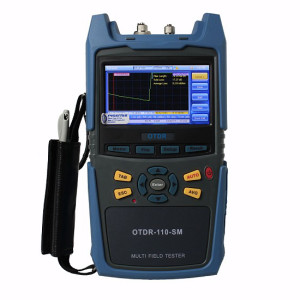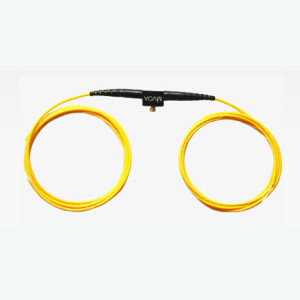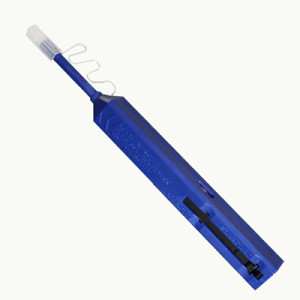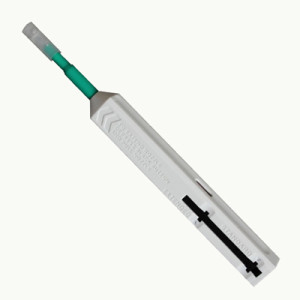Revenues of the leading optical component vendors broke the $1.4 billion mark for the first time in the second quarter of 2016, and grew 27% compared to Q2 2015. Nine of the fourteen vendors tracked by LightCounting reported new record high revenues. Component demand was driven by a broad cross-section of market segments, including metro 100G in China, ROADM-based flexgrid builds in North America, and unrelenting hyper scale datacenter capacity expansion.
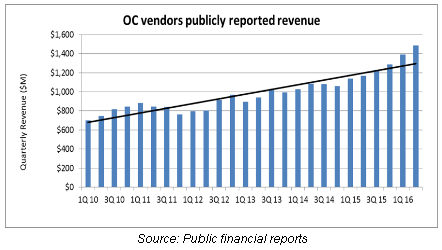
100G products of all types experienced strong demand growth in the second quarter, with CFP-ACO, CFP-DCO, QSFP28 (CWDM and LR4), CFP2, and CFP4 each cited by one or another vendor as driving their revenue to new heights. Surprisingly, demand for technically mature 10G transceivers (in XFP and SFP+ packages) also showed very strong growth. 40 and 80 km reach 10G device shipments saw an especially large uptick, and one driver of those particular products demand is believed to be the expansion of aggregation and metro edge networks in China.
Despite the stellar growth at the component level, telecom networking equipment sales increased 14%, while datacenter storage and switching gear sales continued to trend downward, falling 5% compared to 2Q 2015. The disparity in growth rates between system and component vendors reflects the growing influence of white box system makers (not included in our reported datacom equipment figures), and the increasingly common sale of components directly to end-customers.
A key question for CEOs and their business planners is how long this surge in demand will continue. A number of vendors reported that popular product lines were capacity constrained in Q2, despite recent capital investments. In the past the component industry has fallen victim to ‘pipeline effects’, with demand multiplying as it moves down the supply chain, resulting in inventory corrections following large increases in demand. Today’s tighter coupling between component suppliers and end-customers should lower the likelihood of this happening again or reduce its impact, but it remains a risk.
Detailed shipments of 100GbE optics in the first half of 2016 are presented in LightCounting’s Quarterly sales database, released along with the Market Update Report. The database includes historical data on quarterly shipments and pricing of more than 100 products in 2014-2015. More than 20 leading optical transceiver suppliers contributed data to this report.
The report also presents an analysis of revenue and spending trends of top-tier telecom and Internet service providers, and the financial results of telecom and datacom equipment vendors, including the market shares of the leading suppliers of 100G DWDM transport equipment.
